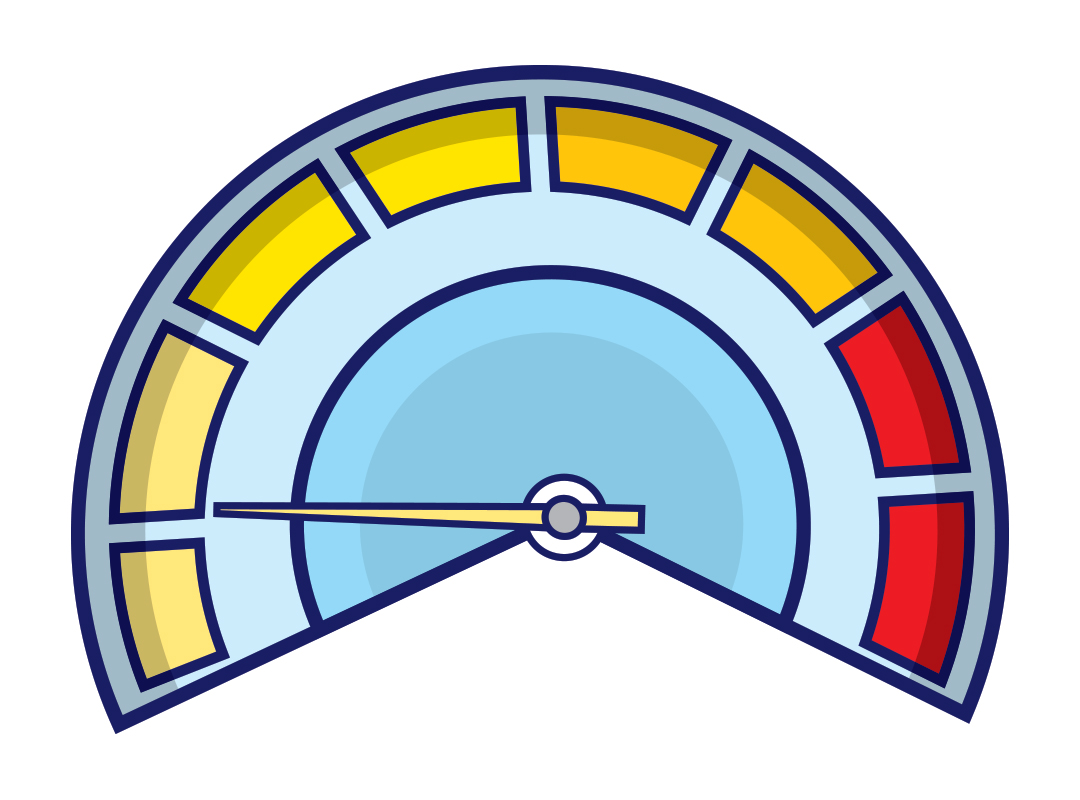DIAL IT DOWN
BY NEIL TOWNSEND • GRAPHIC BY VECTEEZY
Everyone has heard the saying that death and taxes are the only certainties in life. However, negotiating everyday life necessitates decision making and most people manage to cope while receiving less than perfect information. The global coronavirus pandemic has amplified uncertainty with the added complication of being rather scary. Platitudes do not offer much guidance when everything seems askew. Then again, when the situation is unusual, to seek solace in conventional wisdom may prove reassuring. It would be all too easy to throw your hands up and resign yourself to the whims of fate. This is not strategy. Going forward is the only acceptable pathway and it requires planning, an appreciation of risk versus opportunity and the ability to be decisive yet flexible.
From the perspective of the individual farmer, none of these things are within your control. Humans, as a rule, are not good at assessing risk and opportunity effectively or efficiently. They tend to overestimate “fat tail”—extreme good or bad outcomes. COVID-19 fits the criteria of a fat tail event.
The pandemic has made 2020 an interesting year to say the least. Fortunately for Canadian farmers, the growing season was relatively benign. For the most part, the crop was gathered and quality was reasonable. The next challenge is to sell the crop in an effective and profitable manner.
How do you make decisions given the heightened uncertainty that has resulted from COVID-19? It is important to understand that risk is indeed heightened. Geopolitical risk has increased but there has been no surge in co-operative global behaviour. Macroeconomic turbulence has accelerated and governments have expanded their debt load to stave off economic collapse. Additionally, food security concerns have heightened. This encompasses not just availability of physical food supplies but also affordability. Volatility remains the only certainty.
Typically, planning starts with the gathering of information. Data is the gateway to informed decision making, but there is no such thing as perfect information. What do you do when there is no reliable precedent and/or the available data sets leave much to be desired? No one has a crystal ball and if they did, agriculture is susceptible to weather and government policy, both of which are beyond the control of any individual farmer.
Creating additional uncertainty, most Canadian agricultural production is exported, which means we are vulnerable to conditions in foreign jurisdictions. Notably, Canada has struggled to manage market access to China, India and Saudi Arabia. There is no guarantee that a market available today will be available tomorrow.
It is always important to understand the cost of production (COP) and the return on investment (ROI) on a per-acre basis. These are reliable data points for any individual farmer. ROI does involve assumption regarding potential sale prices. Given the prevalence of uncertainty, COP and ROI elevate in importance. The name of the game is to take risk off the table. In ordinary circumstances, farmers might want to be 30 per cent sold post-harvest but the availability of positive ROI prices under COVID-19 conditions suggests that a better place to be is 50 per cent sold.
The coronavirus has provided support for agricultural commodity prices. However, it is critically important to understand that this is not guaranteed to persist. Moreover, there is considerable supply chain risk in terms of resilience and efficiency. The only certainty is in having sold and shipped one’s goods. This guarantees a return in the face of the unknown. Finally, not one person can definitively state when COVID-19 risk will disappear.
Neil Townsend is chief market analyst with FarmLink Marketing Solutions.







Comments